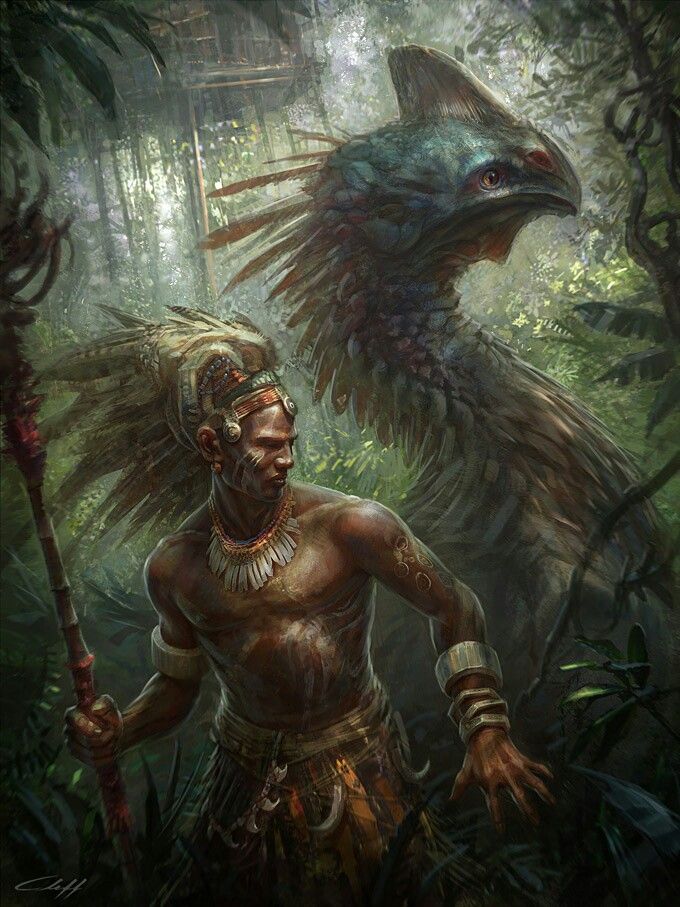Axe Beak
| Species | beast |
| No. Appearing | 3–18 |
| Behaviour | herd |
| Range | savanna, taiga |
| Size | 7 ft. at head |
| Weight | 155 lbs. |
| Intelligence | 3 |
| Armour Class | 6 |
| Hit Dice | 3 |
| Action Points | 6 |
| Max. Stride | {{{stride}}} |
| THAC0 | 19 |
| Hp/Die | d8 |
| Attack Forms | 3: two talons; beak |
| Damage | talons (1–3); beak (2-8) |
| Special Attacks | +1 initiative |
These aggressive flightless birds are omnivorous, and yet they possess a powerful appetite for eating meat, whether their own kills or carcasses they can scavenge. They are fast runners, with a movement cost of 1/4 action point per combat hex. The common form is that encountered in tropical regions, where the beast hunts or feeds in both the wet and dry season. Males and females are indistinguishable from one another. Females will mate with any of the males at the end of the dry season, or in the spring, producing 2–5 eggs. The eggs are buried in soil and are protected by the whole flock.
A less common known form has a heavy white plumage, with a thick coat of pin-feathers, enabling the bird to dwell in the cold climate of eastern Siberia. In this part of the world, axe beaks are treasured mounts for small humanoids like kobalds and xvarts, who can use spears while aboard the creature. The axe beak is so flexible, it can attack with both talons and beak while enabling the rider to attack, all in the same round.
During the dry season, when food is short, the wild axe beak becomes more and more aggressive, creating a danger to humanoids. In seeking food, they are known to attack parties that are twice their number. The birds will rush prey, squawking and attacking, only to backpedal for a round before rushing forward again, forcing their enemy to win initiative. The axe beak receives a +1 to initiative rolls.
Axe beaks are less aggressive during the wet season, or the late summer, when food is plentiful and they are more commonly able to scavenge the meat they love. In these times, they will attack only if they are provoked. This is the best time to capture one live, if wishing to domesticate the creature — noting that this is only true of the Siberian variety, as those of the savanna cannot be tamed. They can, however, be charmed, and often a witch doctor will bewitch the creature as a companion.
See Bestiary
